
Barton Springs
with Clark Hancock and Mystie Piñeda
When folks think of Barton Springs, the main swimming pool is first and foremost. However, the Barton Springs system comprises 4 distinctive Springs within Zilker Park. Learn more about Barton’s 4 Springs in this walking tour through time with interpretive planner, Clark Hancock and student, Mystie Piñeda.

BARTON SPRINGS THROUGH TIME

…”waters are as transparent as glass. Small objects can be seen at the bottom, 15 or 20 feet below the surface. The flow never changes. Prolonged rains, over a wide extent of the country, do not increase their volume, nor do the severest droughts diminish it.”
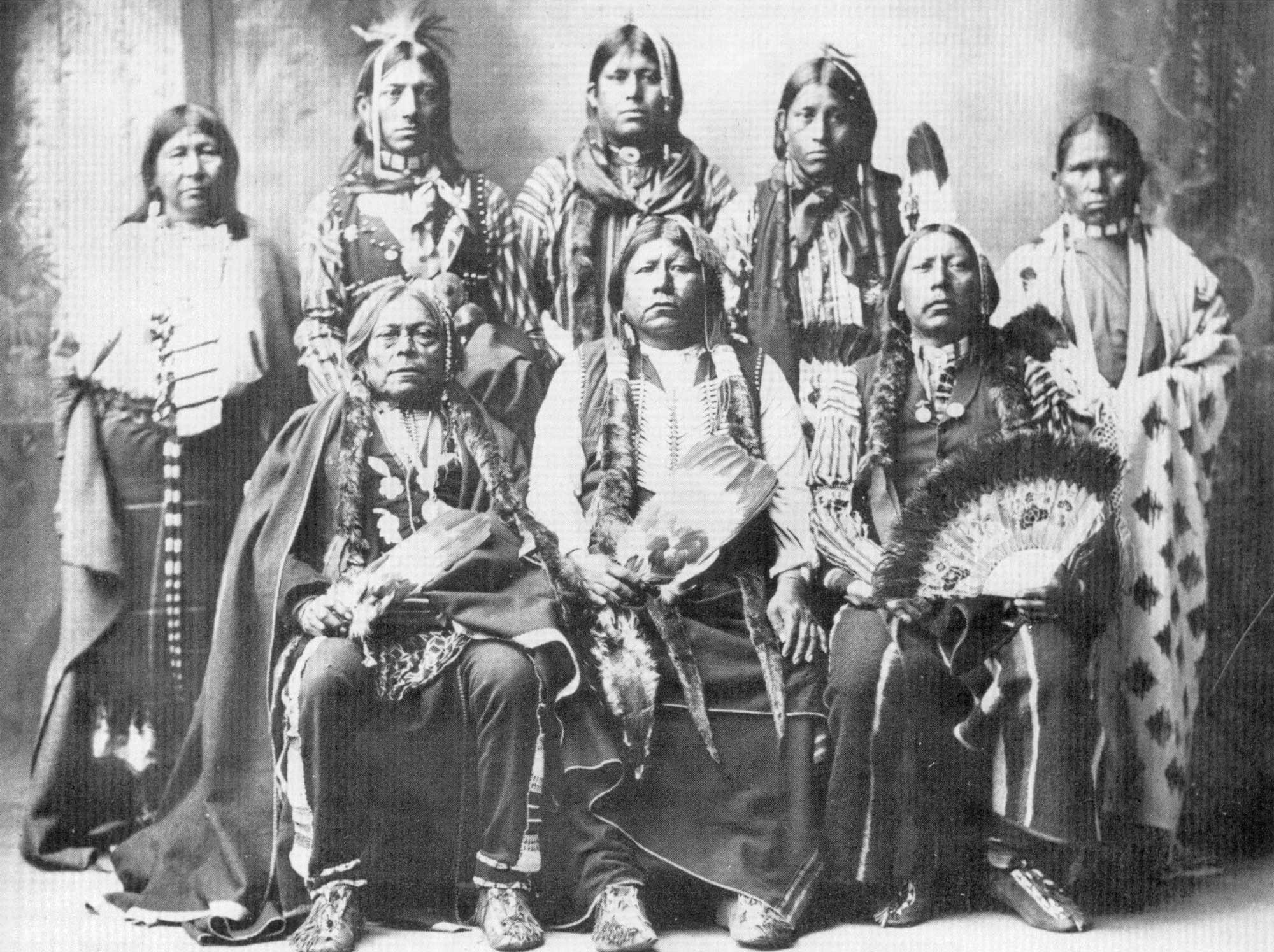
For centuries prior to the arrival of the Spanish and then later the Anglo settlers, Native American tribes such as the Tonkawa (seen here), Lipan Apache and Comanche frequented Barton Springs. In his book Annals of Travis County and the City of Austin, Frank Brown, writes,”The Indians had a tradition that a rainbow was driven by the Great Spirit with so much force against a rock to shiver it asunder; whereupon Barton’s celebrated spring near Austin gushed forth from the mountain side, and a portion of the brilliant bow, having intermingled with the waters of the fountain, cause the beautiful prismatic color reflected from the depths of its waters.”
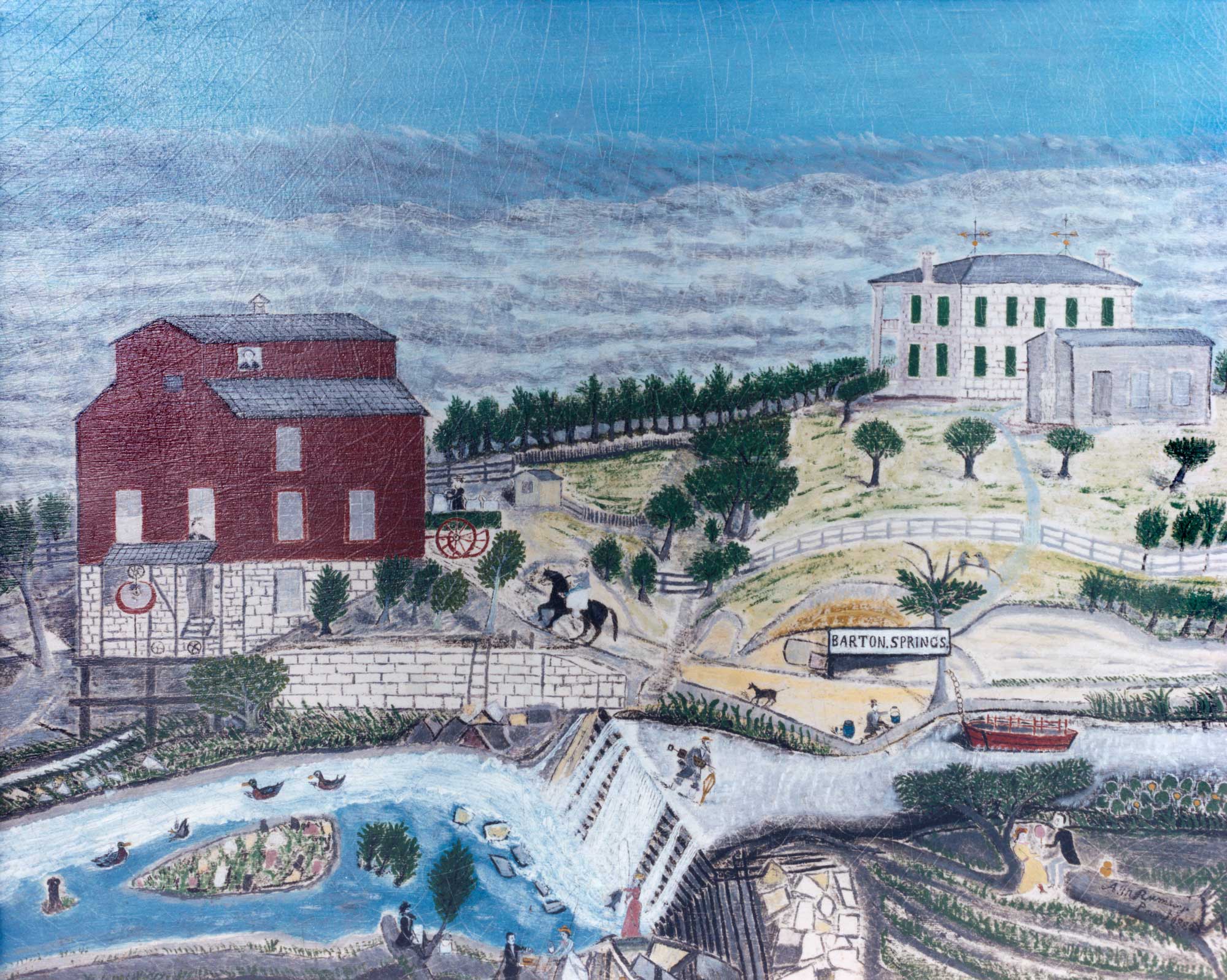
Before Barton Springs was a dedicated recreational resource, the robust spring flow powered the English & English flour mill depicted in this image. Learn more about this history in the video Of Mills and Picnics

After the English & English mill burned down in 1888, Barton Springs became a place for recreation. Even before the two-story, wooden bathhouse was built and sidewalks constructed, the diving board was already a fixture.. A stone dam that was built and rebuilt seasonally held the water at a constant level.
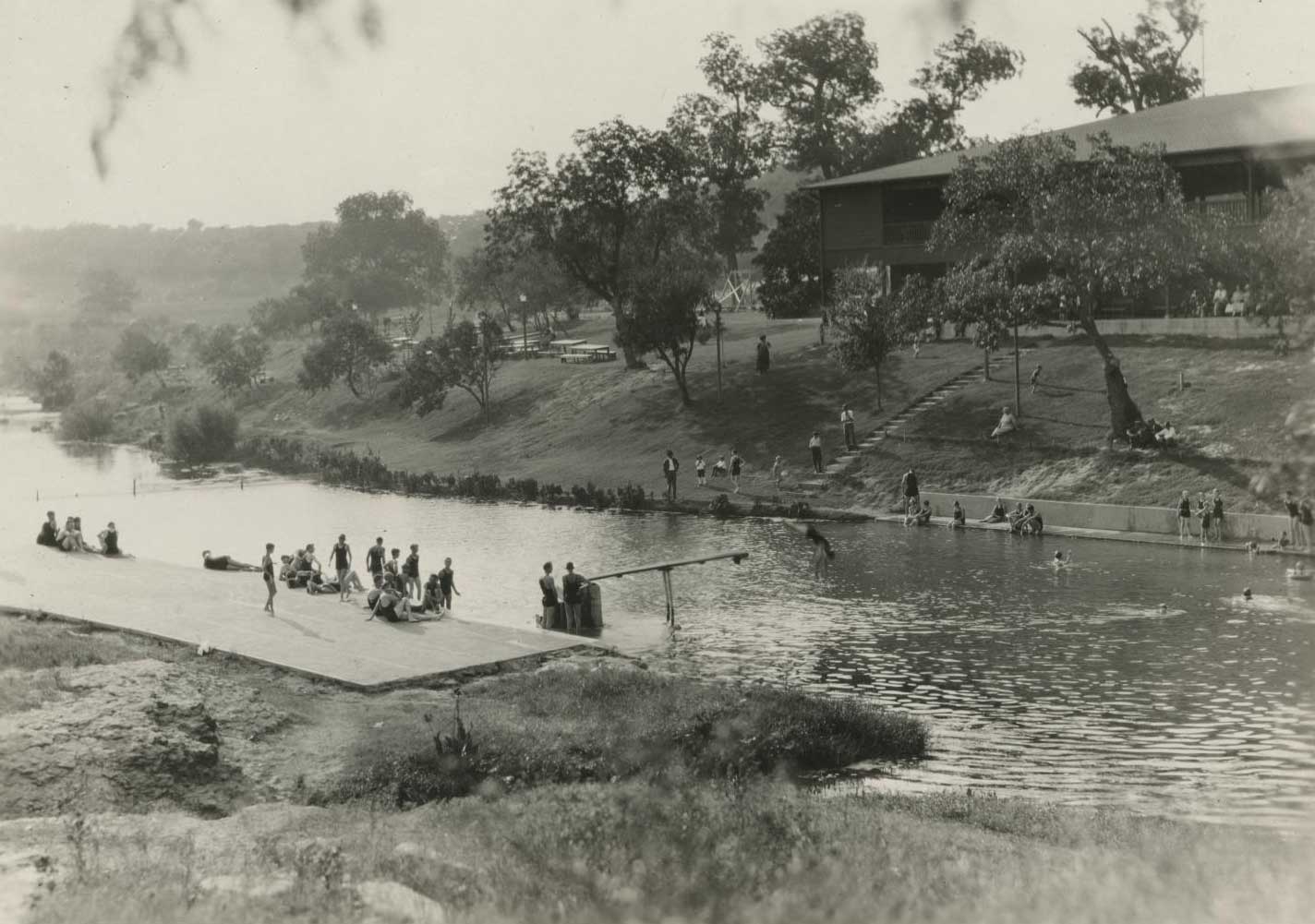
A view from the south side of Barton Springs c.1922. Notice the two-story wooden bathhouse and paved areas. Also worth noting are fewer sidewalks and the absence of fences.
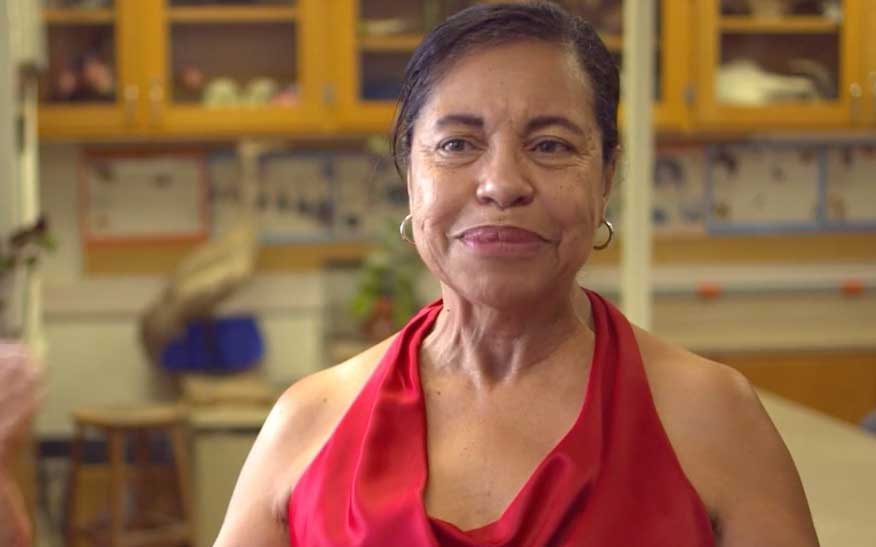
Once Barton Springs was improved, the era of segregation began. Though there were no signs, Blacks were not permitted to purchase entry tickets. Civil disobedience to integrate the pool began in the late 1950s and the pool was open to all Austinites by 1962. Joan Means Khabele, pictured here, organized swim-ins in the early 1960s, when she was a senior at Austin High School. In 2018, the street that runs along the south side of Barton Springs was renamed from Robert E. Lee Road to Azie Morton Road. A little known fact is that in addition to serving as the first Black, female Secretary of the Treasury for President Jimmy Carter, she was involved in integration efforts in the early 1960s. Learn more about the social history of Barton Springs, here.

Condos were built just above the Springs in the mid-1970s sparking worries about pollution. In 1975 a by-pass tunnel was built to divert polluted water from developed areas of Barton Creek and protect the pool from flooding. The tunnel located under the sidewalk on the north side of the pool funnels water out into Barton Creek below Barton Springs, into the area known as Barking Springs. Under normal conditions, the only water in Barton Springs comes from underground, from the Barton Springs segment of the Edwards aquifer.
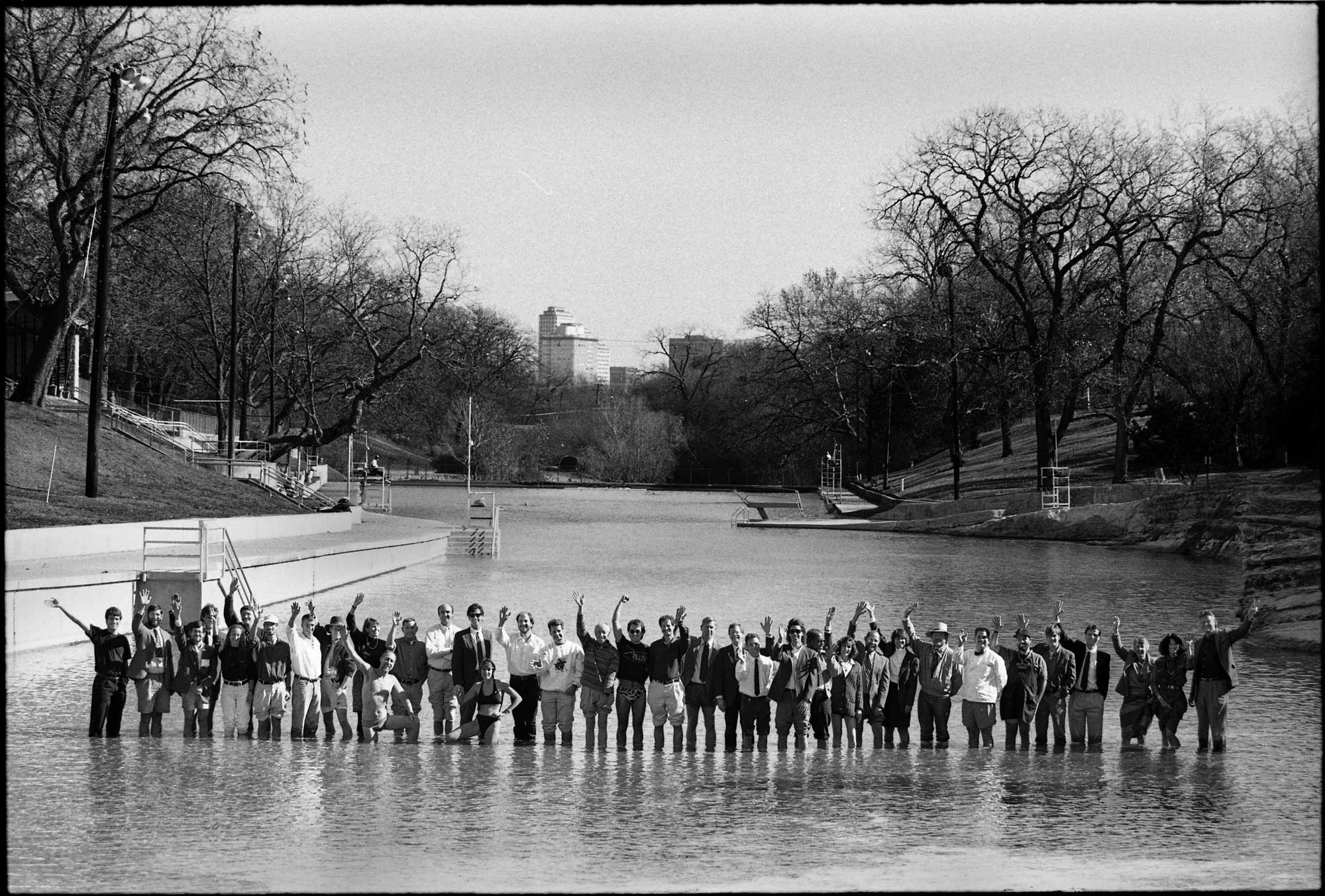
The decades-long effort to protect Barton Springs and Barton Creek came to a head in 1992 with the citizen-initiated Save Our Springs movement. The Save Our Springs Ordinance, the strictest water quality ordinance in the country, was passed by two-thirds of the Austin voters, including many in the business community pictured here by photographer, Alan Pogue. Learn more about the Save Our Springs movement in this student video from 1993.
Take a deeper dive into the history, science and culture of Barton Springs on the Living Springs website.